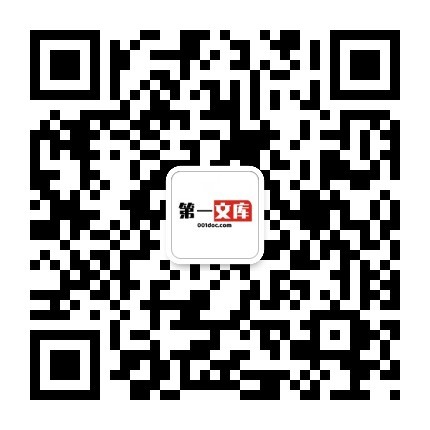《CAS – A Journey Has Begun in Aotearoa New Zealand.docx》由会员分享,可在线阅读,更多相关《CAS – A Journey Has Begun in Aotearoa New Zealand.docx(6页珍藏版)》请在第一文库网上搜索。
1、Curve fittingTable generating-7Graphic -. Function plottingCurve tracingZooming, window AlgebraicFigure 1: Graphic calculator and CAS representations.the use of technology, whether GC or CAS, can support and sustainlearning.CAS technology integrates the numerical nature of the GC broughtus in the la
2、tter part of the 20 century pushing the boundaries ofthsecondary school mathematics and real life closer, and further andmakes the mathematics more tangible in today,s classroom. Thedilemma emerging now is should the existence of CAS force theissue of rethinking and re-examining curriculum design an
3、dpedagogy and assessment? Figure 1 illustrates the moving betweenthe three forms via GC and CAS platlormsrK Algebraic and / Symbolic 、Curve fittingFunction plottingNumeric and一tabularSpreadsheetThe most talked about feature of hand-held CAS is of the ability tosymbolically manipulate, but the CAS ca
4、lculators available today gobeyond that. There is a seamless connection between mathematicalstrands (e.g. Algebra - Geometry) via CAS, possibly assistingstudents in making real connections between mathematical concepts,rather than viewing mathematics as isolated topics. Every time a newgeneration, o
5、f CAS technology is released we ask, Whats insidethis box now?” The cry from the teachers could be, “What will beleft fbr me to teach, if students have access to such technologies, thatwill factorise, solve, do calculus and more?” and “If students usethese tools what will happen to their algebraic s
6、kills?”More questions than answersResearch into CAS use is only at an infancy stage worldwide. Therearc perhaps more questions being asked than the answering ofquestions initially posed. Australian researchers Ball and Stacey(2001) focused on algebra, and Pierce and Stacey (2002a, 2002b),algebraic i
7、nsight, which raised more questions such as: Can CAShave an effct on overall achievement in mathematics? Does CAStechnology instruction affect student attitude toward using CAStechnology in mathematics? How can we use CAS to promotealgebraic thinking? Will the use of CAS place a greater emphasisback
8、 on to algebra? What do students record? What aboutmathematical syntax? Will the CAS syntax notations be acceptedinto the mathematical community as legitimate mathematicalsymbolism? How do we get students to think mathematics, not justusing the technology? Is it technology for technologys sake ortec
9、hnology fbr mathematics9 sake? Will there be a change inassessment to address the CAS issue? GCs have provided awonderful experience in mathematics exploring via graphs. WillCAS do the same via algebra? Is there a need to introduce CAS at alevel prior to external examination settings? Do pencil and
10、paper,methods improve with CAS usage? Studies in Austria, Belgium.Denmark, Scotland and Switzerland have highlighted similar issues.Generally findings endorse the notion that learning can be enhancedby appropriate use of CAS. Heid (2003) noted, after using CAS,“students mathematical development seem
11、ed to proceed morerapidly” (p. 40). Heid and Edwards (2001) also found that weakerstudents were able to examine algebraic expressions from a moreconceptual point of view (p. 131). Nogucra (2001) alsocommented that ”students cognitive development in algebraimproved (p. 263).There appears to be a defi
12、nite need fbr a balance between usingtechnology intelligently, and retaining traditional pencil and paperalgorithms and skills. Allowing CAS into courses will obviouslyaffect content, instructional delivery and assessment; in particularhow to evaluate student understanding. Judicious use of CAS need
13、salso to be encouraged considering whether to use, or not use,technology. Both teachers and students can appreciate howtechnology can be used functionally to demonstrate mathematicalinsight (Ball & Stacey 2001). The teacher needs to be proactive inpromoting such efficient decision making about techn
14、ology usage. Ateacher can integrate the technology into curriculum delivery (i.c.teach students how to use it) and will sometimes tactically restricttechnology use (forcing the student to use pencil and paper methods)and promote habits in the student of using algebraic insight fbroverview and selfmo
15、nitoring (Pierce & Stacey, 2003). With thisidea in mind, classroom modelling should be such that the method ofattack is similar to what would be reflected in an assessment taskthat is legitimising both methods of pedagogy, the use of (a)technology and (b) pencil and paper. Kutzler (2003) speaks of theneed of sequentially using and not using technology to achievecertain learning goals (p. 53).Common concerns held by teachers are of CAS as a black box andfear students would carry out the mathematics blindly and withoutunderstanding by just pushing calculator keys. Issues that arose fromthe D

